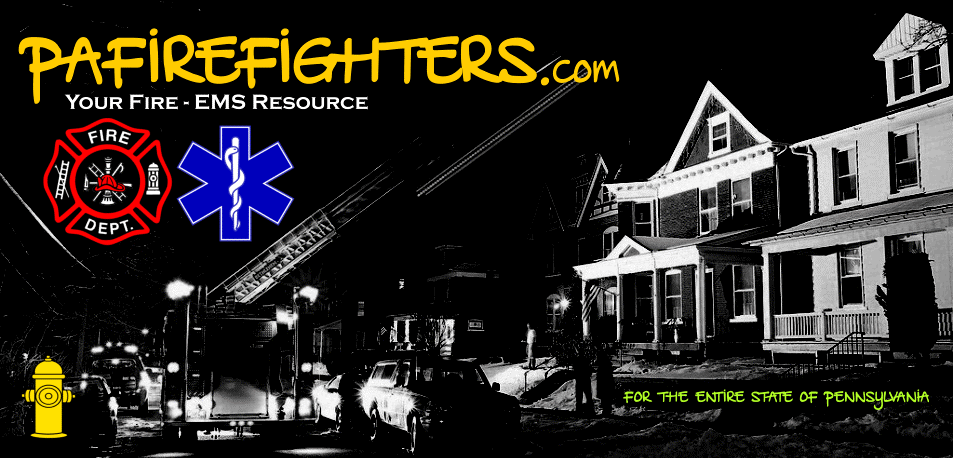
|
|
|
|
|
|
|
|
|

|
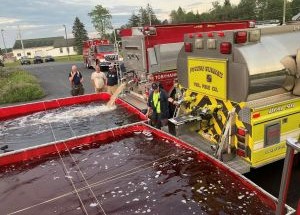
photo by Tunkhannock Twp VFC |
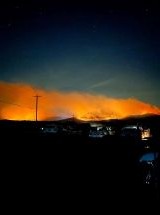
photo by Eagle Fire Co 1 |
|
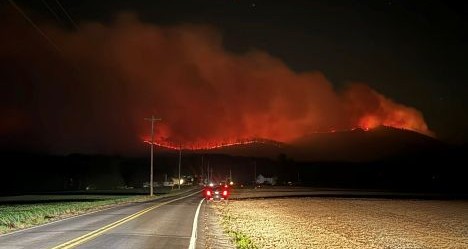
photo by Fayetteville Volunteer Fire Department |
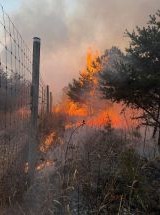
photo by Nancy Run Fire Co |
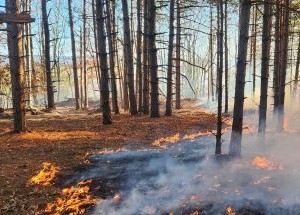
photo by East Huntingdon Twp VFD |
|
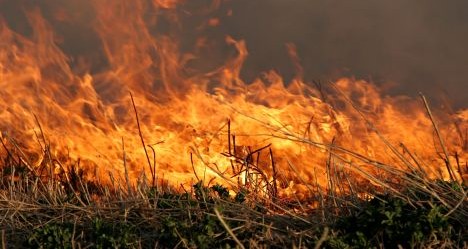
photo by Adams Area Fire District |
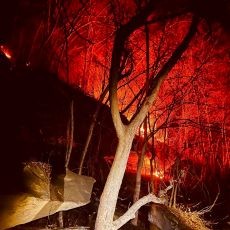
photo by Bentleyville Fire Rescue |
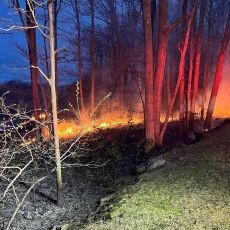
photo by Lake Harmony Fire Company |
|
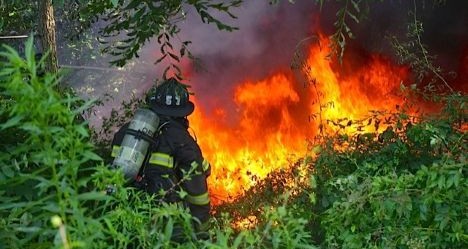
photo by Quarryville Fire Company |
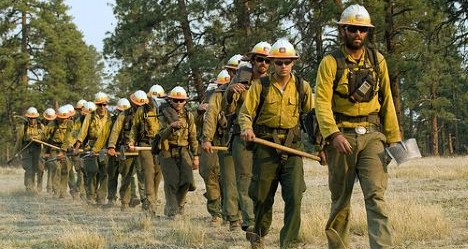
photo by Hamburg Vol Forest Fire Crew |
Financial and other assistance
Pennsylvania residents with wildfire damage may be eligible for FEMA assistance to help cover costs such as paying for essential items, finding a place to stay, replacing personal property, or making basic home repairs. You can apply:
Online by visiting https://www.disasterassistance.gov
By calling 1-800-621-3362
Through the FEMA App
If you have insurance, file a claim as soon as possible and be ready to provide your coverage information when applying to FEMA.
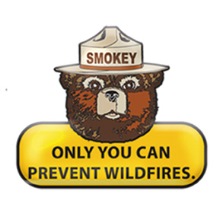
If you have any information to add to this section, please email us at support@gumsnroses.com |
|
|
|
 |

|

|
 |

|

|

|

|

|

|

|

|

|

|

|

|

|

|

|

|

|
|
|
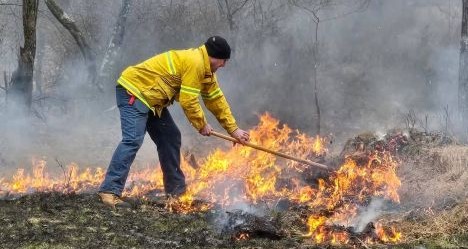
photo by Landisburg Volunteer Fire Company |
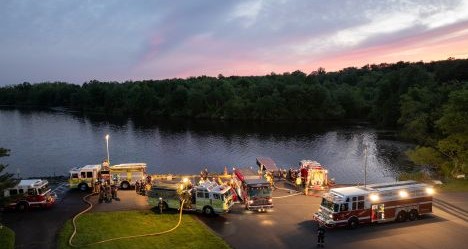
photo by Quakertown Fire Company No 1 |
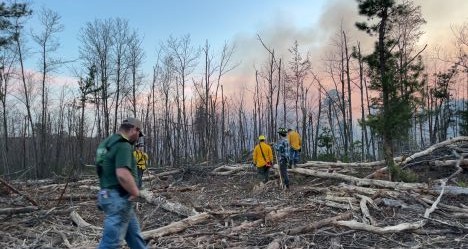
photo by Pleasant Hall Voluteer Fire Company |
|
|

|
| Wildfires in Pennsylvania
|
|
| Wildfire Occurrence |
The Department of Conservation and Natural Resources’ Bureau of Forestry is responsible for protecting the Commonwealth’s 17 million acres of public and private wildlands from damage by wildfire. This is accomplished by a combination of mitigation, prevention, preparedness, suppression, and investigation.
The greatest danger of wildfires in Pennsylvania occurs during the spring months of March, April, and May, and the autumn months of October and November.
In Pennsylvania, 99 percent of all wildfires are caused by people.
Certain conditions are necessary for a wildfire to occur:
An available fuel source, such as dried grass or leaves
Dry conditions, including low relative humidity
An ignition source -- some way for the fire to start
The first two factors occur most frequently in Pennsylvania during spring and autumn.
As the spring sun climbs higher in the sky, days become longer and warmer.
The trees are bare during this time, allowing sunlight to reach the forest floor, warming the ground, and drying surface fuels.
Coupled with strong and dry spring winds, this leads to a tremendous amount of combustible fuels.
During autumn, leaves turn color and begin to fall, accumulating in a deep, fluffy layer that creates a fire hazard.
The third factor, an ignition source, also frequently occurs during these periods.
|
| Debris Burning is the Leading Cause of Pennsylvania Wildfires |
One of the major causes of forest fires in Pennsylvania is debris burning.
A careless person burning trash or yard waste can be responsible for causing wildfires that burn thousands of acres of valuable Pennsylvania forests.
These fires most frequently start in someone’s backyard and travel through dead grass and leaves into bordering woodlands.
Of course, wildfires can occur during any month and any time of day, destroying woodlands and wildlife habitat, and threatening human lives, homes, and buildings.
While media outlets often give more coverage to devastating western wildfires, most wildfires occur east of the Mississippi River.
|
| Reducing the Risks of Wildfire |
Census figures for the first decades of the 21st century show more people in the Northeastern U.S. moving from suburban to rural areas to make their home near or within the forest.
Firefighters call the area where homes and development meet and intermingle with undeveloped forests the “wildland-urban interface.”
More than half of all wildfire ignitions in Pennsylvania occur within the wildland-urban interface.
People moving into the wildland urban interface often make choices that increase the potential for their homes to be destroyed by wildfire.
With more people there is increased risk of fires caused by:
Debris burning
Equipment use
Power lines
Campfires
|
| Wildfire Prevention |
Debris burning is the most common cause of wildfires in Pennsylvania.
Check with your township for burn bans and local ordinances on debris burning.
Wildfire prevention is a message brought to people across the country by the well-known figure, Smokey Bear.
|
| Wildfire Mitigation |
In the wildland-urban interface, it is especially important to properly prepare your residence in the event of a wildfire.
To reduce your risk of a fire igniting within the Home Ignition Zone (the area surrounding your residence), it is recommended that you:
Keep the area at 0-5 feet (Immediate Zone) clear of all combustible materials
Create breaks within the landscape at 5-30 feet (Intermediate Zone)
Include interruptions within the forested landscape at 30-100 feet (Extended Zone)
|
|
|
 |
|
|